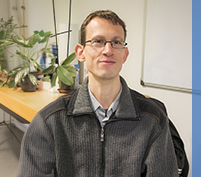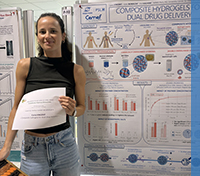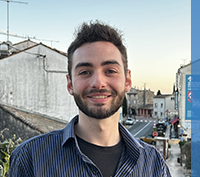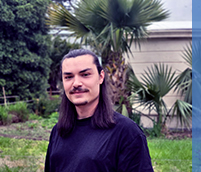PhD defence de Tiphaine Houdard
13 July 2022
Tiphaine Houdard defends her PhD in Computational Mechanics and Materials on July 13th, 22
Thermo-mechanical analyses of the solidification of electrofused alumina-zirconia-silica refractory blocks

Tiphaine Houdard conducted her PhD work in the 2MS and CFL CSM teams. She defends her PhD in Computational Mechanics and Materials on July 13th, 2022 in front of the following jury:
– Dr. Pierre Benigni, Universités Aix-Marseille et Toulon, IN2MP
– Prof. Emmanuel De Bilbao, Polytech Orléans, CEMHTI
– Dr. Julien Zollinger, Université de Lorraine – Institut Jean Lamour
– Mme Isabelle Cabodi, Saint Gobain Research
– Dr. Franck Pigeonneau, Mines Paris
– Dr. Charles-André Gandin, Mines Paris
Abstract:
Soldier blocks in glass furnaces are mainly composed of Al2O3 – ZrO2 – SiO2, they are therefore usually called AZS blocks. They are produced by electrofusion. This project is studying the solidification of those blocks after being poured in their mold. An objective is to anticipate the susceptibility of hot tears occurrence during the cooling down. A second objective is the prediction of the macro-porosity shape inside the riser.
First, a study of AZS material was done to validate the thermodynamic data obtained by TCOX10 database. It predicts the formation of mullite, that is not observed experimentally. Heat treatments validate however the thermodynamic results, and indicate a kinetic of crystallization. For this study, mullite is rejected to extract the relevant data for simulations such as the solidification path, the composition, the density and the enthalpy of the phases (zirconia, corundum and glassy phase, considered as the remaining liquid phase at low temperature).
Temperature history has been measured on industrial blocks and is simulated with THERCAST® software. To simulate the temperature history, it is required to tabulate the temperature properties of the different domains and to adjust numerical settings.
Block mechanical behavior is modelled to predict the hot tears formation, defects located at the edge of the blocks. After experimental observations, several criteria to predict the susceptibility of tear formation are compared. Cumulated strain over a given temperature range is considered as the most relevant. A study compares the values obtained depending on the temperature range or the visco-plastic consistency considered. After optimization, computations predict correctly the hot tears susceptibility for blocks at industrial scale.
To get a relevant shape of the macro-porosity, thermomechanical computations with THERCAST® show that the composition, which impacts deeply the liquid phase density, has to be known locally. Macrosegregation needs therefore to be implemented. An experimental map of chemical compositions is performed. The properties tabulations for concentrated oxide alloys required an adaptation of the PATH tool from PhysalurgY® library. by calling CIMLIB® solvers from THERCAST® for the thermal, hydraulic and solutal (for Al2O3, SiO2 and Na2O present in zirconia, corundum and glassy phases) computations, it is possible to model, considering an incompressible domain, the thermo-solutal convection during the cooling down, with sedimentation of crystals neglected. Numerical models anticipate the formation of segregated channels going upward from the skin to the core of the block and also the enhancement of glassy phase proportion inside the riser. However, the compressibility, to model the impact on the riser macro-porosity shape, had not been implemented.
Keywords: solidification, hot tears, macrosegregation, AZS, THERCAST, numerical modeling








